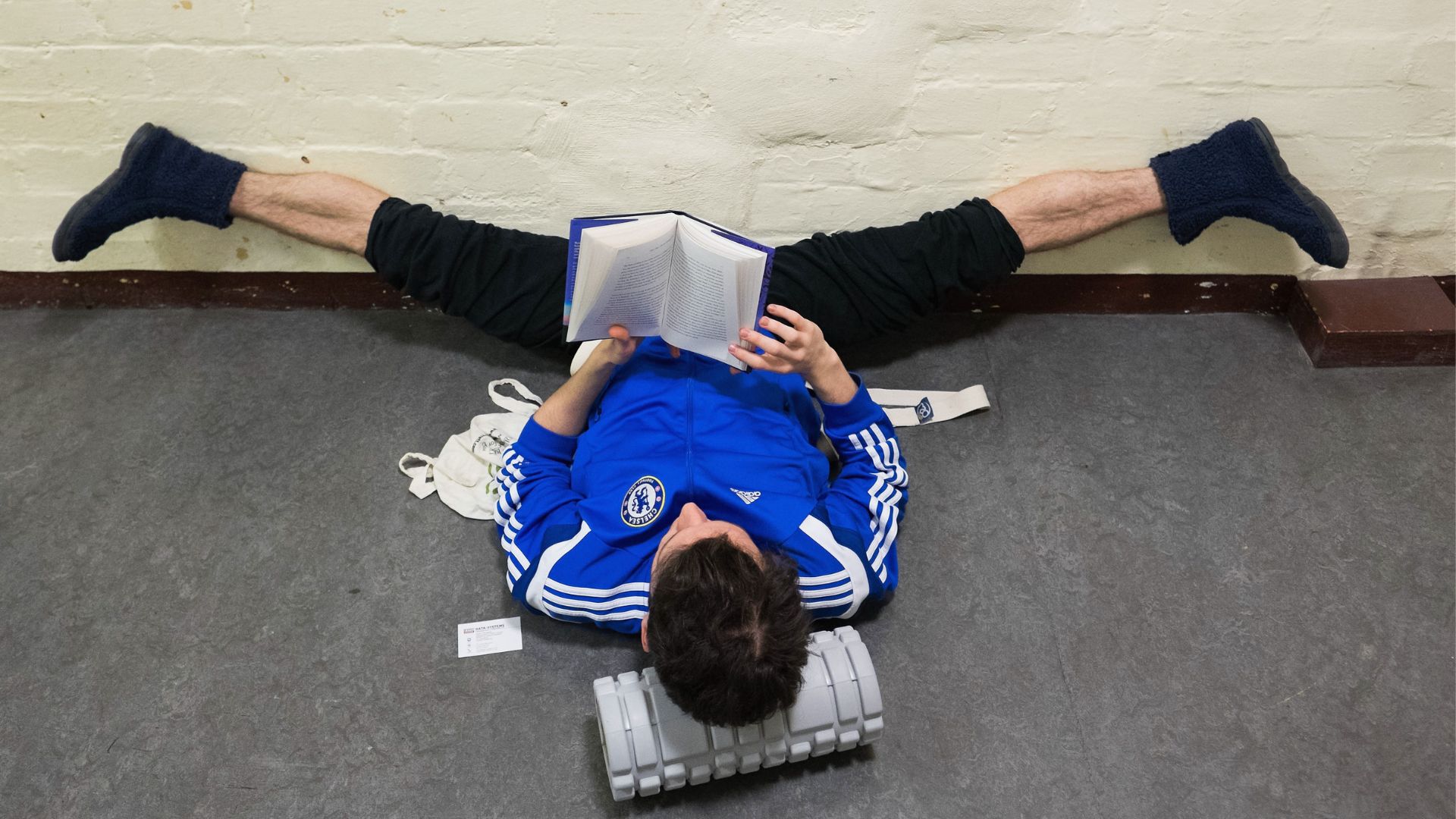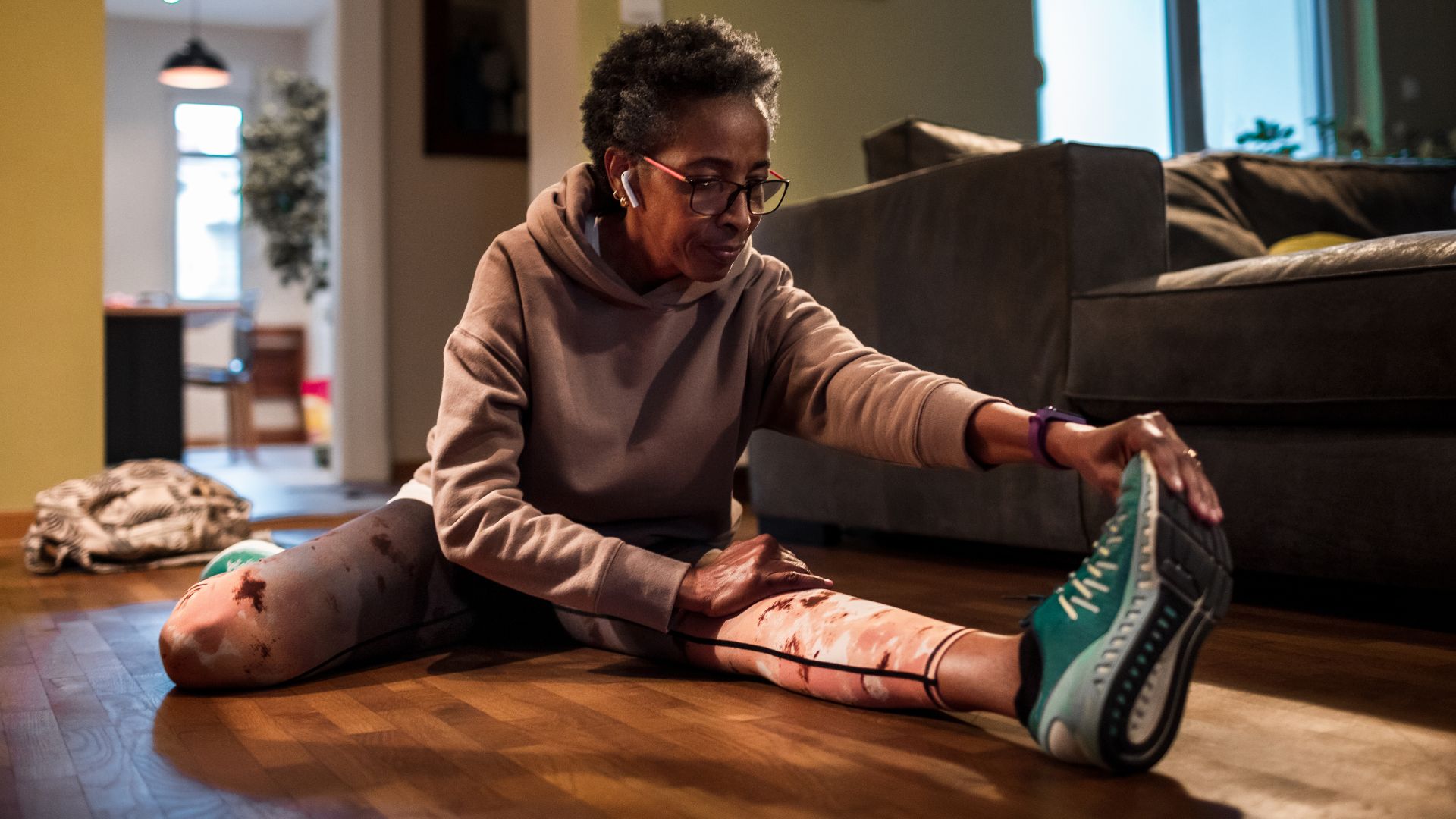What determines how flexible you are?
A person's flexibility is determined by many factors, including the structure of their joints, length of their muscle fibers and suppleness of their connective tissues.

Flexibility is important for everyday movements, from bending down to put on your shoes to turning your head and even walking upstairs. Without adequate flexibility, these motions become far more difficult to execute. Meanwhile, athletes like ballet dancers and gymnasts push their flexibility to the limits in order to access a more extreme range of motion.
Given that people exhibit different degrees of flexibility, that raises a question: What factors determine how flexible you are?
Flexibility is an intrinsic property of body tissues that determines the range of motion achievable without injury at a joint or group of joints. That's according to a definition developed by kinesiologists at Dalhousie University and presented at the 13th International Conference on Biomechanics in Sports. They note that, beyond muscles and connective tissue, one key factor that determines flexibility is how a person's skeletal structures all fit together.
"Individual differences in your innate flexibility can be quite large, with genetics playing a big effect," said Stephen Dunn, a physical therapist and co-founder of Core Therapy and Pilates in Austin Westlake Hills, Texas. "Your flexibility is influenced by a variety of genetically inherited traits, including the structure of your joints, the length of your muscle fibers and the suppleness of your connective tissues," Dunn told Live Science in an email.
Related: How to improve your flexibility, according to physiotherapists
We naturally lose some flexibility with age, said Dunn. "This decrease is brought on by alterations in the tendons and ligaments that make up connective tissues, which lose their elasticity as we age," he explained. Tendons connect the bones of a joint to the muscles that manipulate it, while ligaments surround and support that joint, limiting the ways it can move.
"Collagen and elastin are two proteins that are essential for preserving the elasticity and flexibility of our connective tissues," Dunn said. "Collagen formation declines with age, and the existing collagen stiffen[s] and becomes brittle."
Other age-related joint changes can impact flexibility, "such as cartilage wear and tear, and sarcopenia or age-related muscle loss," Dunn added. This is why young people are generally more flexible than older adults.
Other factors, including sex, also affect flexibility. The female sex hormone estrogen increases the amount of collagen in connective tissue, which generally makes females' tendons and ligaments more elastic and flexible than males', according to a 2019 study in the journal Revista Paulista de Pediatria. Hypermobility disorders, which typically have a genetic cause and alter the connective tissues, also affect flexibility, in that people with the conditions show an excessive range of motion in their joints.
How does stretching improve flexibility?

Of course, in addition to one's biology, physical activity also greatly impacts flexibility. A sedentary lifestyle can result in stiffness and a reduced range of motion, Dunn said.
Flexibility can be improved through changes in physical activity — for example by adopting a consistent stretching routine. The American College of Sports Medicine recommends engaging in some type of stretching at least two to three days a week, or preferably daily.
Related: Best yoga mats 2023: The best designs for hot yoga, travel and general home use
In the short-term, meaning during a stretch and shortly thereafter, stretching lengthens the muscle-tendon unit attached to a joint and helps counteract stiffness that may have arisen from sitting in a static position. In the longer term, on the order of weeks, regular stretching is thought to improve range of motion by increasing one's tolerance levels to stretching, according to a commentary published in the International Journal of Sports Physical Therapy (IJSPT).
Also known as the sensory theory for increasing muscle extensibility, this idea suggests that the increased extensibility, or stretchiness, of muscles observed immediately after a stretching session or after several weeks of regular stretching is solely due to changes in sensation.
A muscle contracts when it is first stretched because the muscle spindles, sensors that detect changes in muscle length, send signals to the spinal cord, which then communicate back to the muscle, Dunn said. This is due to the stretch reflex, an involuntary defense against overstretching and potential muscle damage.
Through repeated stretching, however, "our neural system becomes acclimated to the stretch stimulus," he explained, allowing the joint to move through a greater range of motion before the stretch reflex activates. That said, people show differences in how much they can adjust their stretch tolerance using the same stretches.
The IJSPT commentary says all types of stretching can increase flexibility. This includes three different types of stretching: Static stretching involves extending a muscle to its limit and holding that position in stillness. Dynamic stretching requires active movement while extending a joint through its full range of motion. And finally, pre-contraction stretching involves contracting the muscle being stretched or its antagonist (the one that opposes its action) before stretching.
There's also evidence that eccentric contractions — during which a muscle contracts as it's lengthened, like during the lowering of a bicep curl — can help increase flexibility. Low-impact exercises like yoga and pilates also engage these different modes of stretching and thus improve one's range of motion.
This article is for informational purposes only and is not meant to offer medical advice.
Sign up for the Live Science daily newsletter now
Get the world’s most fascinating discoveries delivered straight to your inbox.

Racheal Ede is a freelance health writer. Her work has been published by Forbes Health, Motherly, Singlecare and Business Insider, among others. She holds a Bachelor of Science degree in medical laboratory sciences from the University of Nigeria. She uses her domain knowledge of science and medicine to create content on different health and science topics.










